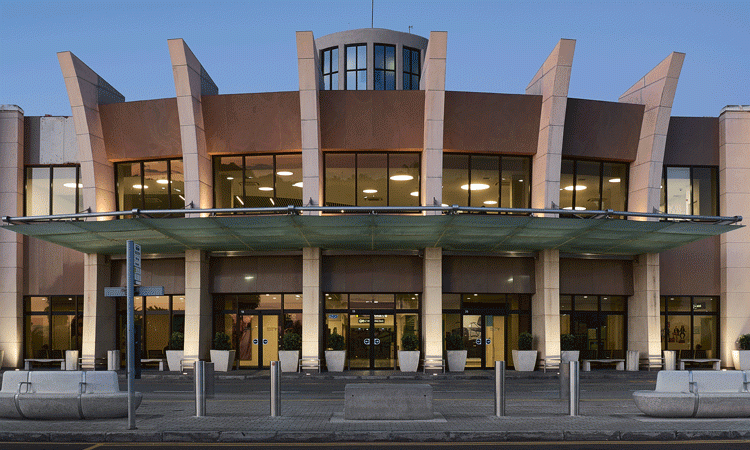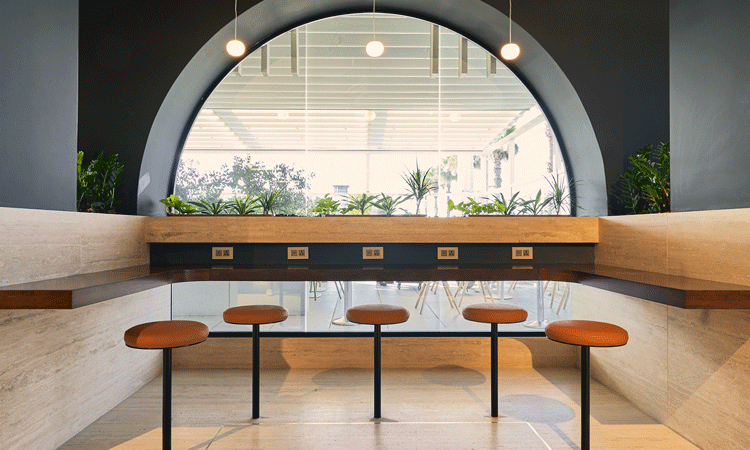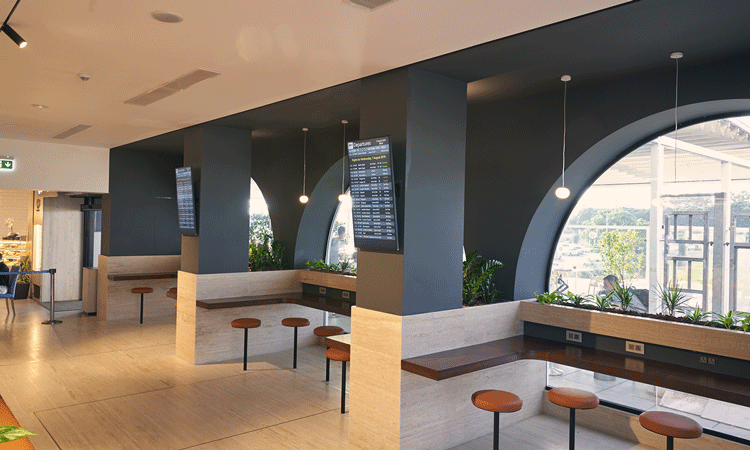Protecting the future longevity of Malta International Airport
- Like
- Digg
- Del
- Tumblr
- VKontakte
- Buffer
- Love This
- Odnoklassniki
- Meneame
- Blogger
- Amazon
- Yahoo Mail
- Gmail
- AOL
- Newsvine
- HackerNews
- Evernote
- MySpace
- Mail.ru
- Viadeo
- Line
- Comments
- Yummly
- SMS
- Viber
- Telegram
- Subscribe
- Skype
- Facebook Messenger
- Kakao
- LiveJournal
- Yammer
- Edgar
- Fintel
- Mix
- Instapaper
- Copy Link
Posted: 18 September 2019 | Alan Borg | CEO | Malta Airport | No comments yet
How is Malta International Airport preparing for the future of aviation? The answer comes from investing in a larger terminal and new apron, as well as an increased focus on the guest experience.


How are you future-proofing your airport in terms of capacity?
Traffic through Malta International Airport has increased by roughly 70 per cent in the past five years, with the company’s forecast showing that 2019 will be closed off with a new traffic milestone of 7.2 million passenger movements. This necessitates ongoing investment in the terminal infrastructure to be able to limit any capacity constraints brought about by this phenomenal growth.
Malta International Airport is currently working on drafting detailed plans for a particularly ambitious terminal expansion project, which forms part of the company’s master plan for the airport campus. This forward-looking investment will see the terminal building occupy a much larger footprint, which will in turn equip the airport with more circulation space, additional check in desks and gates, and better facilities at critical operational areas. All in all, these major upgrades will furnish Malta International Airport with the ability to handle more passengers, whilst allowing it to keep delivering the excellent service it takes exceptional pride in treating its guests to.
To complement this multi-million-euro landside expansion, the company will also be developing a new apron – Apron X – at the core of its operational hub. The new aircraft parking area, which is envisioned to furnish Malta International Airport with aircraft capacity stability for the medium to long term, will accommodate seven Code C aircraft, such as the A320 and the Boeing 738, or four Code E aircraft such as the B777.
What aspects of the airport have you had to focus on the most?
Check-in and security
The company’s recent Terminal Reconfiguration Project, which was completed in the first quarter of 2019, brought about improvements in almost all corners of the terminal building. Two of the most notable upgrades, which have improved passenger flows at crucial points of the airport journey, were the introduction of eight additional check-in desks complemented by the upgrade of the Baggage Handling System (BHS), and the relocation of the security screening area. Occupying double its original footprint, the new security screening area introduced six lanes, with two of them offering a fast-track option for business travellers and families with children. In addition to this, the natural lighting bathing the area and the materials chosen, create a calming environment at a traditionally stressful point of the airport journey.

The terminal expansion project will bring about further improvement to these areas as more check-in desks are installed and further circulation space is created.
Seating
With seating also being a recurrent pressure point, Malta International Airport recently converted space that had previously been occupied by a retail outlet into a seating area at Departures, improving its seating capacity by 10 per cent. In the next 12 months, airport guests can expect to benefit from further improvements, as more retail space is freed up to allow for better passenger circulation and the introduction of more seating.
Parking
At the moment, works are in full swing on the construction of a new multi-storey car park. Set to introduce 1,300 covered parking spaces on the airport campus, this building is expected to alleviate the parking problems that are at times encountered by passengers and visitors during the airport’s peak times. The building will also house car rental companies that operate from the airport for a more seamless passenger experience.
What challenges does the increase in passenger numbers create?
As an airport whose vision is to deliver an excellent service to each guest, maintaining the high level of quality it has worked so hard on establishing even as passenger numbers continue to increase, is perhaps one of the biggest challenges, especially given the current size of the terminal.
How do you ensure that the passenger experience is not compromised as passenger numbers keep increasing?
As Malta’s only airport, we have a responsibility to ensure that our guests enjoy a safe and pleasant experience at Malta International Airport. We believe that investment, whether it is in infrastructure, innovation or human resources, is key to managing the quality of the guest experience through the airport.
Starting with innovation, the company recently invested in a state-of-the-art BHS supplied by Daifuku Logan. This investment did not only pave the way for the installation of eight new check-in desks, which have improved the airport’s processing efficiency at this point, but will also allow Malta International Airport to continue increasing its capacity with future expansion plans. Another recent innovation was the installation of an Airport Management System, which has unlocked access to important real-time data. This data is used by Malta International Airport and shared with key airport stakeholders; enabling all parties to better plan, make timely decisions and allocate the resources available in a way that enhances the airport experience for guests.
Investment in innovation and infrastructure is naturally coupled with the recruitment of the best talent, with the team being the heart that pumps energy into this company. Mainly as a result of traffic growth and consequent increasing demands, in 2018 the Malta International Airport team grew by 15 per cent and has experienced further growth in 2019. Team members benefit from training opportunities that allow them to keep developing professionally and be better poised to contribute to the airport’s vision of service excellence. Moreover, the performance management system that is in place is linked to the company’s key performance indicators, with the quality of the guest experience being one of them.
During the peak summer months, when traffic increases significantly, young airport greeters are welcomed on board to support the airport team at crucial points of the passenger journey, such as security screening. These greeters also have an important role in the delivery of the airport’s guest experience programme, which includes the distribution of free local treats and beverages on the airport’s busiest days.
Last, but certainly not least important, the company collects guest feedback that streams in through several channels on a centralised platform so as to be able to keep track of passenger sentiment and make improvements in an efficient manner where necessary.
What is your favourite capacity increasing measure?

My favourite capacity increasing measure would have to be the recently opened seating area at Departures. This project has not only enabled us to improve our seating capacity, but it has also allowed us to introduce new seating options that contribute to an enhanced airport experience. In addition to this, the modern look and feel adopted in this area gives airport guests an idea of what they can expect the terminal to look like in future, especially when the company gets the terminal expansion project going.
Biography
Alan Borg, Chief Executive Officer – Malta International Airport plc.
With a background in hospitality, Alan Borg joined Malta International Airport in 2007 and was instrumental in the development of the company’s commercial unit, expanding the airport’s network and diversifying the non-aviation segment. An important project completed under his watch was the airport’s first office block; SkyParks Business Centre, the success of which has spurred further development plans for the wider airport campus. Mr Borg has served as Malta Airport’s Chief Executive Officer since January 2015.
Related topics
Airport construction and design, Airport development, Airside operations, Capacity, Passenger experience and seamless travel, Passenger volumes, Runways and pavements, Terminal operations


















